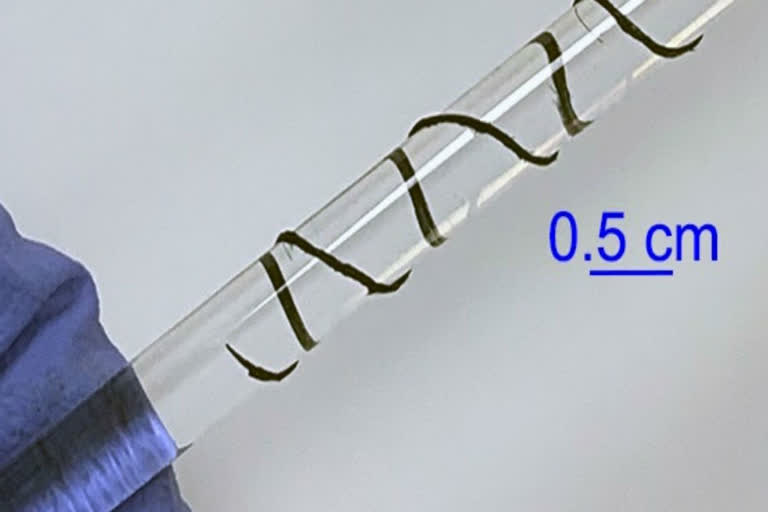Raleigh, US : Think it like that, this CNT film has with cooling properties on one side of it and heating on the other. It has properties which takes the heat away from the body when an external source of current is applied.
One of the biggest findings was that the material has relatively low thermal conductivity - meaning heat would not travel back to the wearer easily after leaving the body in order to cool it. That also means that if the material were used to warm the wearer, the heat would travel with a current towards the body, and not pass back out to the atmosphere.
The researchers were also able to optimize the thermal and electrical properties of the material, allowing the material to retain its desirable properties even when exposed to air for many weeks. Moreover, these properties were achieved using processes that were relatively simple and did not need excessively high temperatures.
The researchers measured the material's ability to conduct electricity, as well as its thermal conductivity, or how easily heat passes through the material.
"Many researchers are trying to develop a material that is non-toxic and inexpensive, but at the same time is efficient at heating and cooling," said Tushar Ghosh, co-corresponding author of the study. "Carbon nanotubes, if used appropriately, are safe, and we are using a form that happens to be inexpensive, relatively speaking. So it's potentially a more affordable thermoelectric material that could be used next to the skin." Ghosh is the William A. Klopman Distinguished Professor of Textiles in NC State's Wilson College of Textiles.
